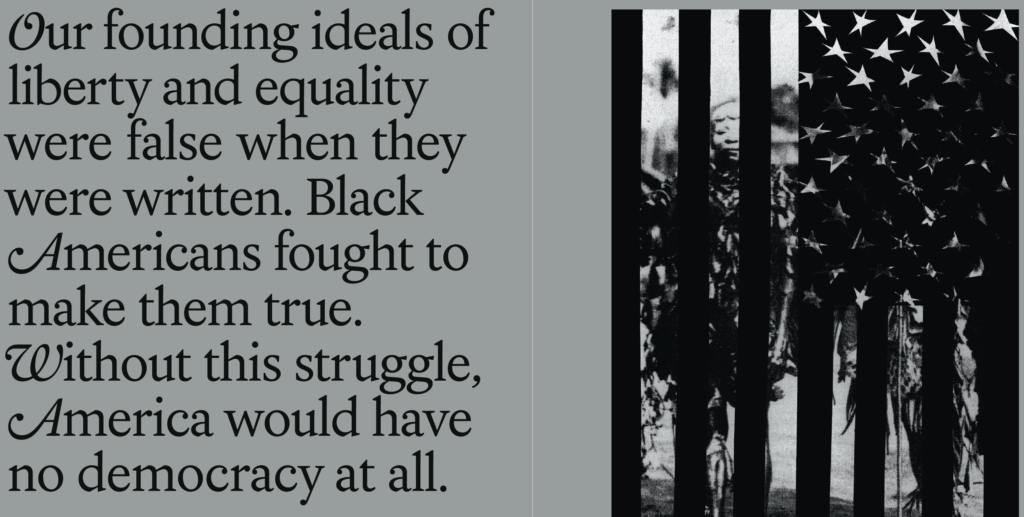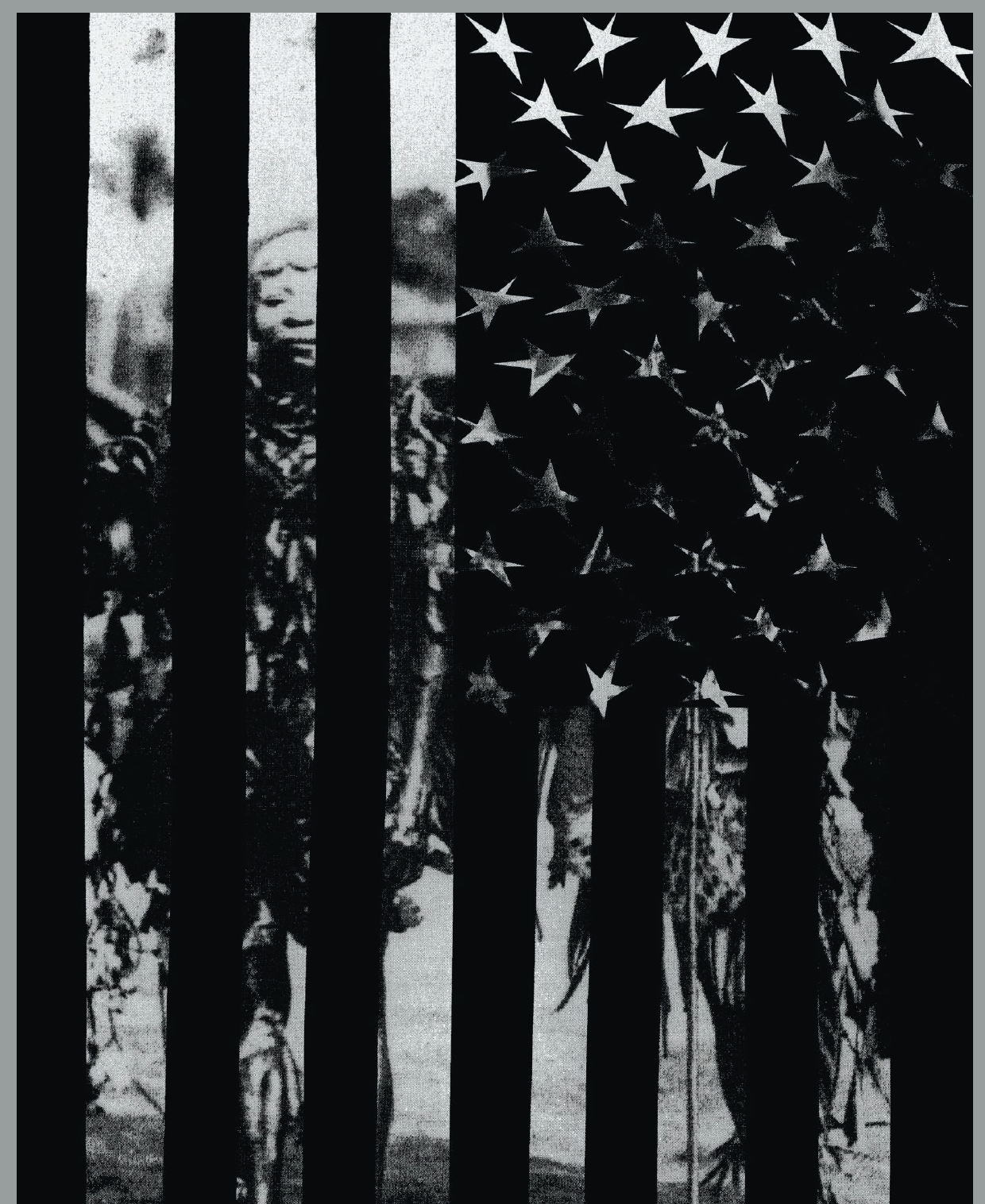The 1619 Project.

In August of 1619, a ship appeared on the horizon, near Point Comfort, a coastal port in the British colony of Virginia. It carried more than 20 enslaved Africans, who were sold to the colonists. This marks the beginning of American slavery. America was not yet America, but this was the moment it began. No aspect of the country that would be formed here has been untouched by the 250 years of slavery that followed. On the 400th anniversary of this fateful moment, it is finally time to tell our story truthfully.
Out of slavery — and the anti-black racism it required — grew nearly everything that has truly made America exceptional:
its economic might, its industrial power, its electoral system, diet and popular music, the inequities of its public health and education, its astonishing penchant for violence, its income inequality, the example it sets for the world as a land of freedom and equality, its slang, its legal system and the endemic racial fears and hatreds that continue to plague it to this day. The seeds of all that were planted long before our official birth date, in 1776, when the men known as our founders formally declared independence from Britain.
The goal of The 1619 Project,
a major initiative from The New York Times that this issue (see below) of the magazine inaugurates, is to reframe American history by considering what it would mean to regard 1619 as our nation’s birth year. Doing so requires us to place the consequences of slavery and the contributions of black Americans at the very center of the story we tell ourselves about who we are as a country.
Download: New York Times Magazine, August 18, 2019 (PDF)
Teachers: Looking for ways to use this issue of NY Times Magazine in your classroom? You can find curriculums, guides and activities for students developed by the Pulitzer Center at pulitzercenter.org/1619.
And it’s all free!
Resources include a lesson plan that introduces the issue, summaries of the articles, an index of historical terms used, suggested activities that engage students creatively and intellectually and opportunities to connect with New York Times journalists featured in this issue.
This curriculum supports students and teachers in using The 1619 Project to challenge historical narratives, redefine national memory and build a better world.

